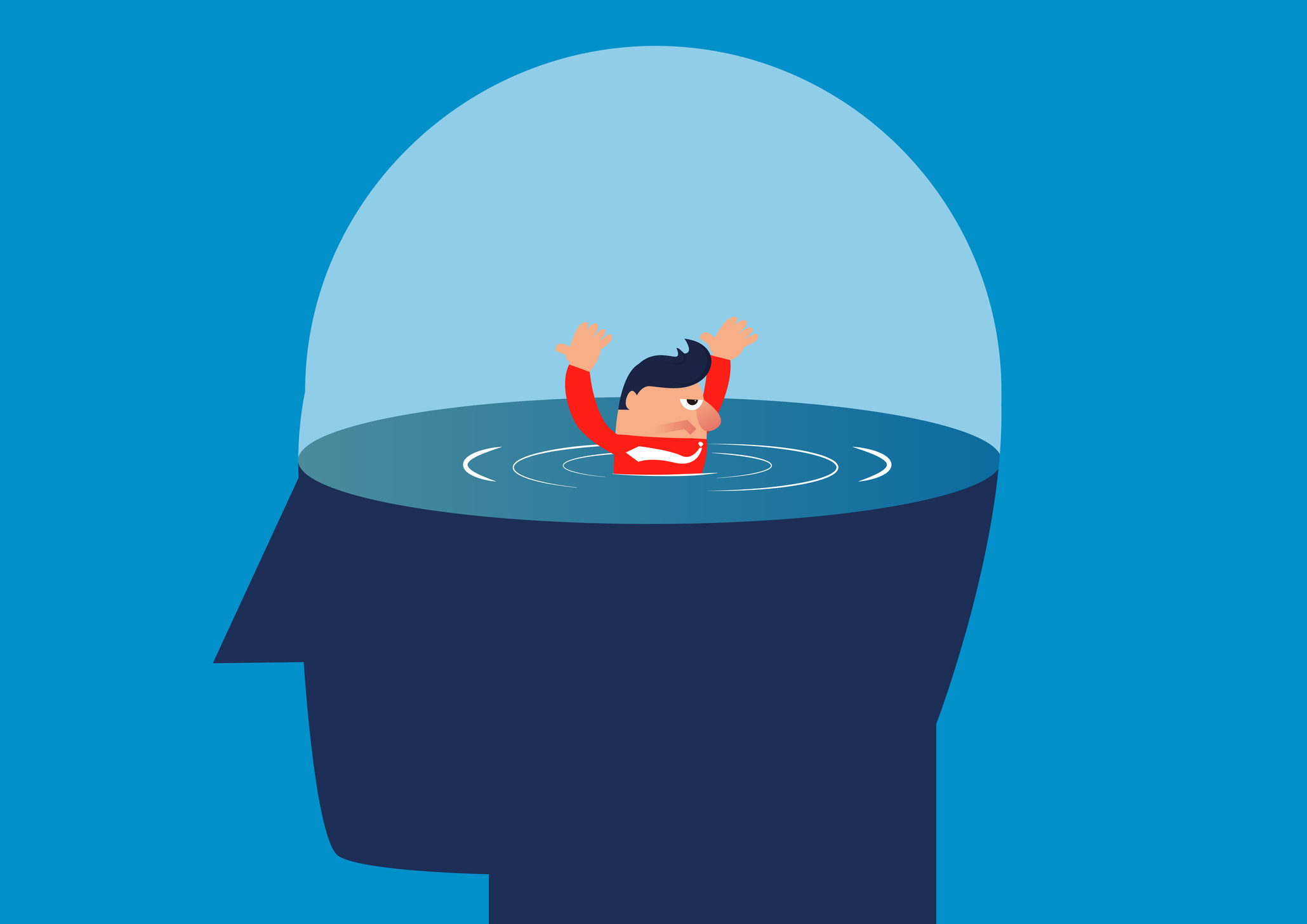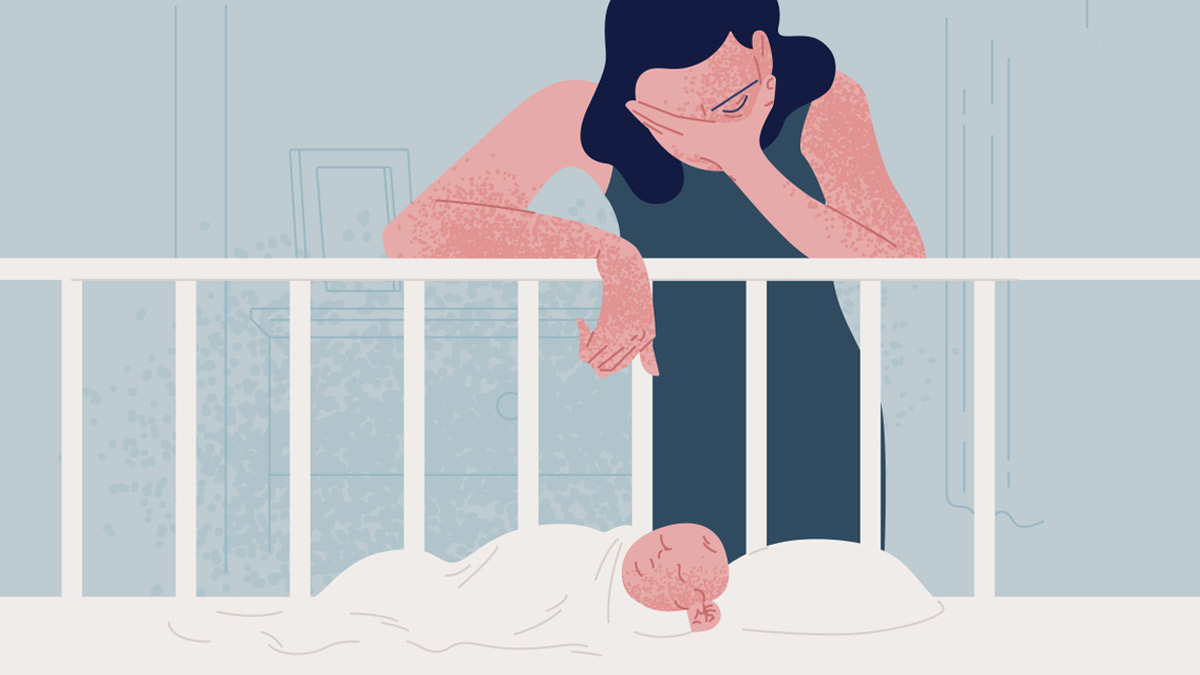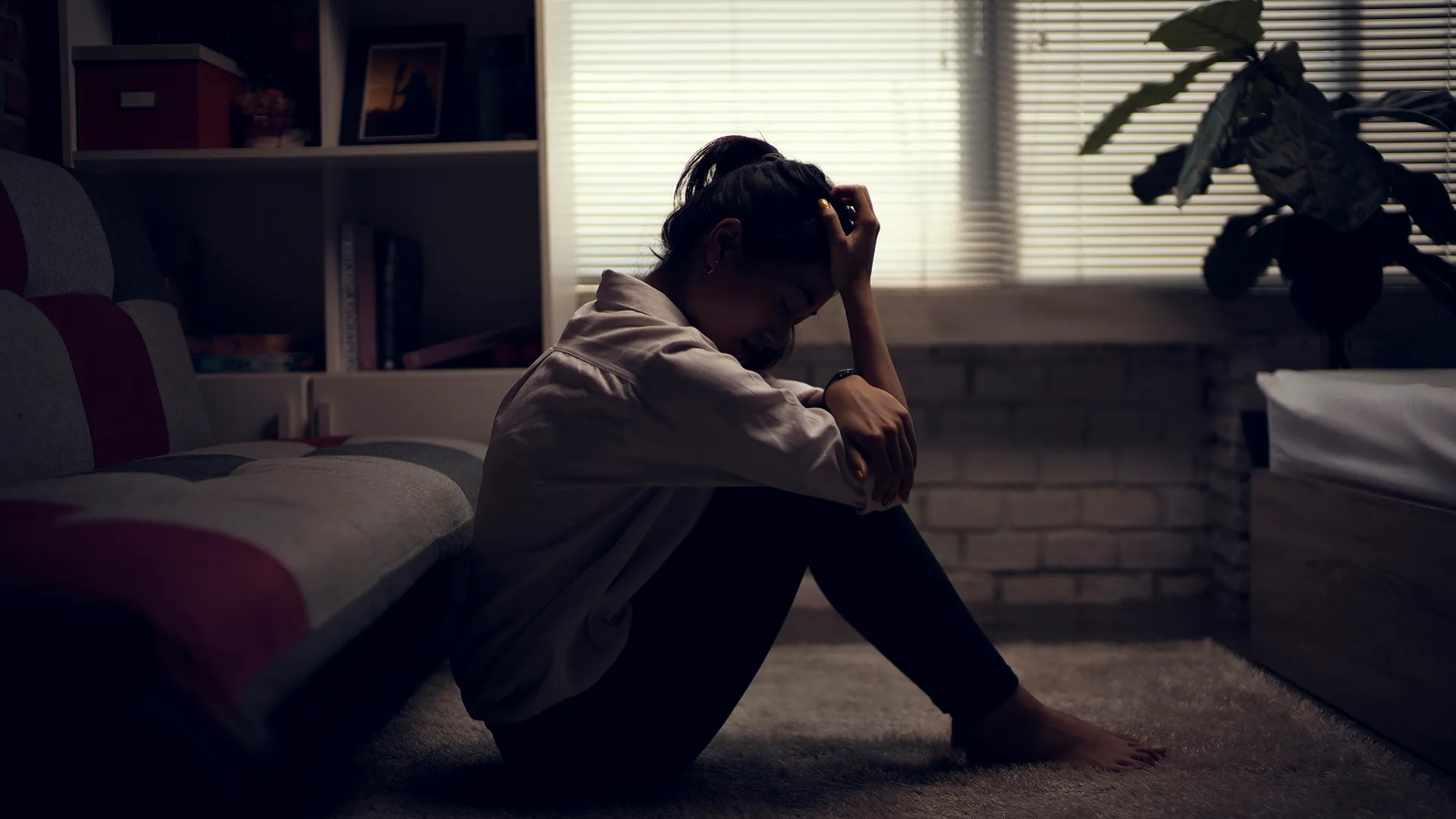Post-Traumatic Stress Disorder (PTSD) is a psychological condition that impacts individuals who have undergone or witnessed a distressing and traumatic incident. It can have a significant impact on a person’s well-being and quality of life. In this article, we will delve into the causes, symptoms, and treatment options for PTSD, as well as provide helpful information for individuals dealing with this condition.
2. What is PTSD?
PTSD is a psychiatric disorder that can develop in people who have experienced or witnessed a traumatic event such as war, natural disasters, accidents, physical or sexual assault, or other life-threatening situations. It is normal to feel stressed and anxious after a traumatic event, but individuals with PTSD continue to experience these symptoms long after the traumatic event has occurred.
3. Causes of PTSD
PTSD can be caused by a variety of traumatic events. Some common causes include combat exposure, childhood abuse or neglect, sexual assault, accidents, natural disasters, or the sudden loss of a loved one. The severity of the trauma, the individual’s proximity to the event, and their personal resilience all play a role in the development of PTSD.
4. Symptoms of PTSD
The symptoms of PTSD can vary from person to person but generally fall into four categories: intrusive thoughts, avoidance behaviors, negative changes in mood and cognition, and hyperarousal. Intrusive thoughts can include distressing memories, nightmares, or flashbacks. Avoidance behaviors may manifest as avoiding certain places, activities, or people associated with the traumatic event. Negative changes in mood and cognition can lead to feelings of guilt, shame, or difficulty remembering key aspects of the event. Hyperarousal can result in irritability, hypervigilance, and difficulty sleeping.
5. Diagnosing PTSD
To diagnose PTSD, a healthcare professional will conduct a thorough evaluation, which may include a physical examination, psychological assessment, and discussion of the individual’s symptoms and medical history. The Diagnostic and Statistical Manual of Mental Disorders (DSM-5) provides specific criteria for diagnosing PTSD and helps differentiate it from other mental health conditions.
6. Treatment Options for PTSD
There are various treatment options available for individuals with PTSD, including therapy, medications, lifestyle changes, and support networks. A combination of these approaches is often the most effective way to manage the symptoms and improve the individual’s quality of life.
7. Therapy for PTSD
Psychotherapy, or talk therapy, is a common and effective treatment for PTSD. Cognitive-behavioral therapy (CBT) and eye movement desensitization and reprocessing (EMDR) are two widely used therapeutic approaches. CBT helps individuals identify and change negative thought patterns and behaviors, while EMDR focuses on reprocessing traumatic memories to reduce their emotional impact.
8. Medications for PTSD
Medications may be prescribed to help manage specific symptoms of PTSD, such as depression, anxiety, or sleep disturbances. Selective serotonin reuptake inhibitors (SSRIs) and serotonin-norepinephrine reuptake inhibitors (SNRIs) are commonly used antidepressants that can be effective in reducing PTSD symptoms.
9. Lifestyle Changes for PTSD
Making positive lifestyle changes can contribute to managing PTSD symptoms. Engaging in regular physical exercise, maintaining a healthy diet, getting enough sleep, and avoiding alcohol and substance abuse can all have a positive impact on mental well-being.
10. Support and Self-Care for PTSD
Building a support network and engaging in self-care activities are crucial for individuals with PTSD. Connecting with loved ones, joining support groups, practicing relaxation techniques, and engaging in hobbies and activities that bring joy and fulfillment can help individuals cope with their symptoms.
11. Coping Strategies for PTSD
Developing healthy coping strategies is essential for individuals living with PTSD. Strategies such as deep breathing exercises, journaling, mindfulness meditation, and engaging in creative outlets can help manage stress, reduce anxiety, and promote emotional well-being.
12. Preventing PTSD
While it may not be possible to prevent all instances of PTSD, there are measures that can reduce the risk. Promptly seeking professional help after a traumatic event, practicing stress management techniques, and fostering a supportive environment can all contribute to resilience and a lower likelihood of developing PTSD.
13. The Importance of Seeking Help
It is crucial for individuals experiencing symptoms of PTSD to seek professional help. A mental health professional can provide an accurate diagnosis, develop a tailored treatment plan, and offer guidance and support throughout the recovery process.
14. Frequently Asked Questions (FAQs)
Q1: Can children develop PTSD? A1: Yes, children can develop PTSD following a traumatic event. It is essential to provide them with appropriate support and professional help.
Q2: Can PTSD go away on its own? A2: Without treatment, PTSD symptoms can persist for years. Seeking treatment can significantly improve the prognosis and quality of life for individuals with PTSD.
Q3: Are there alternative therapies for PTSD? A3: Some individuals find alternative therapies such as acupuncture, yoga, or equine-assisted therapy helpful in managing PTSD symptoms. It is important to discuss these options with a healthcare professional.
Q4: Can PTSD affect relationships? A4: Yes, PTSD can strain relationships due to emotional and behavioral changes. Couples or family therapy can be beneficial in addressing relationship issues.
Q5: Is it normal to have PTSD years after a traumatic event? A5: Yes, PTSD can manifest years after a traumatic event. It is never too late to seek help and start the healing process.
15. Conclusion
PTSD is a complex mental health condition that can have a profound impact on individuals who have experienced or witnessed a traumatic event. Understanding the causes, symptoms, and treatment options is crucial for helping those with PTSD on their path to recovery. By seeking professional help, implementing coping strategies, and building a support network, individuals can regain control over their lives and find healing and resilience.














